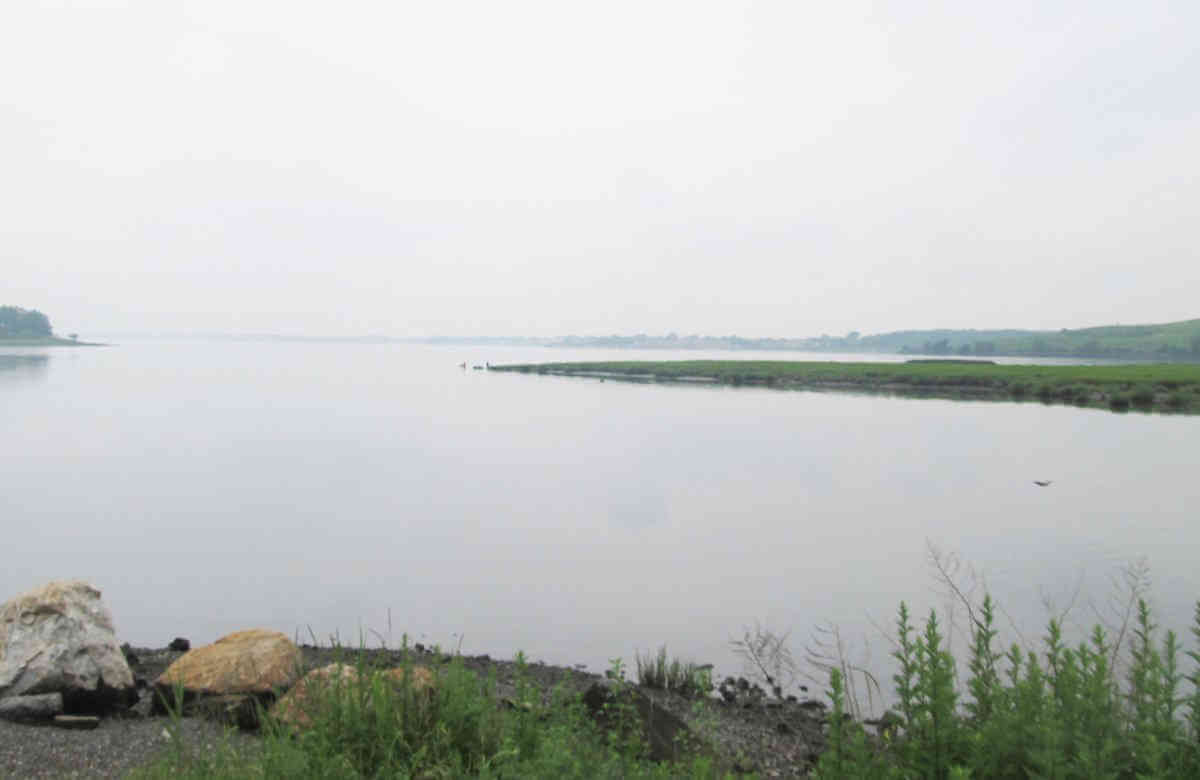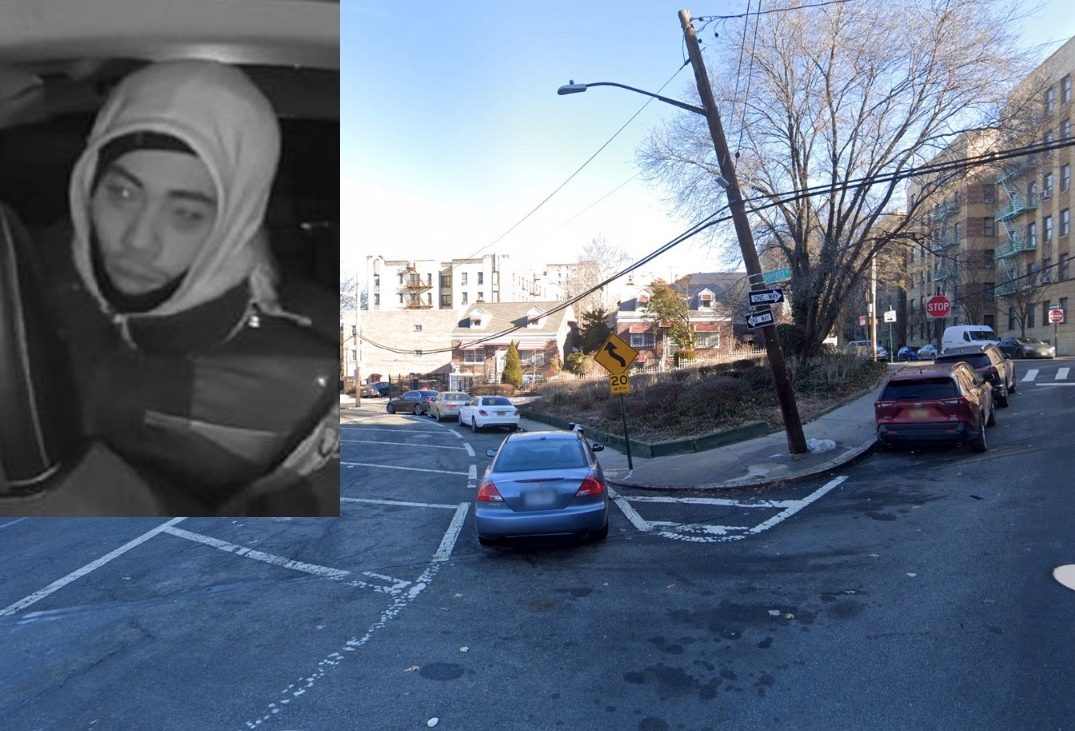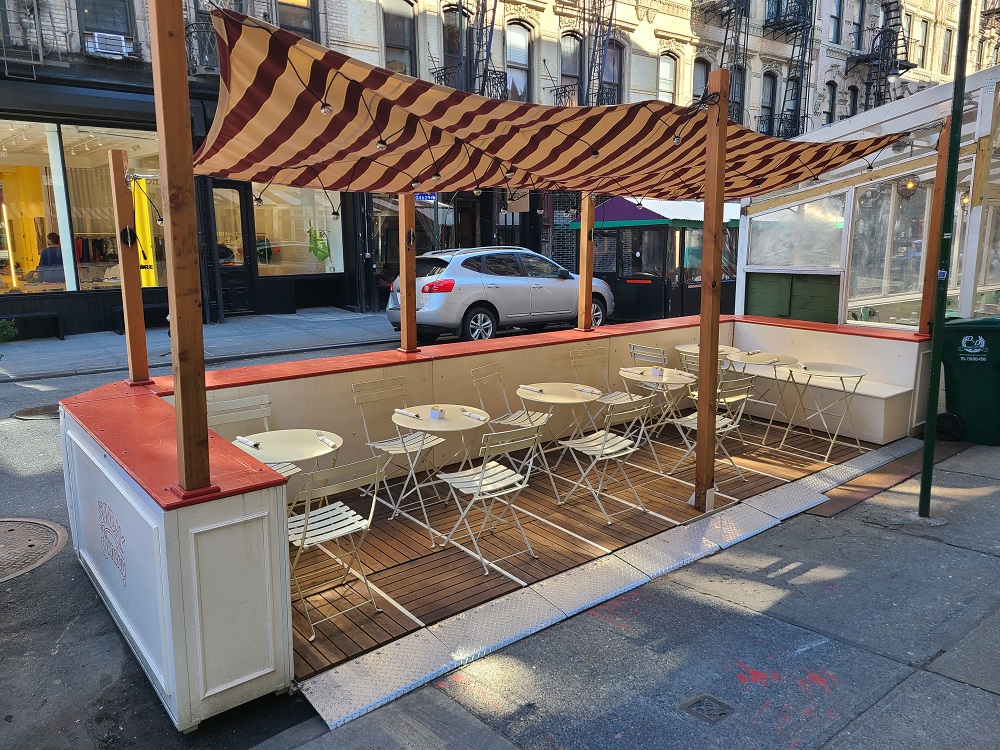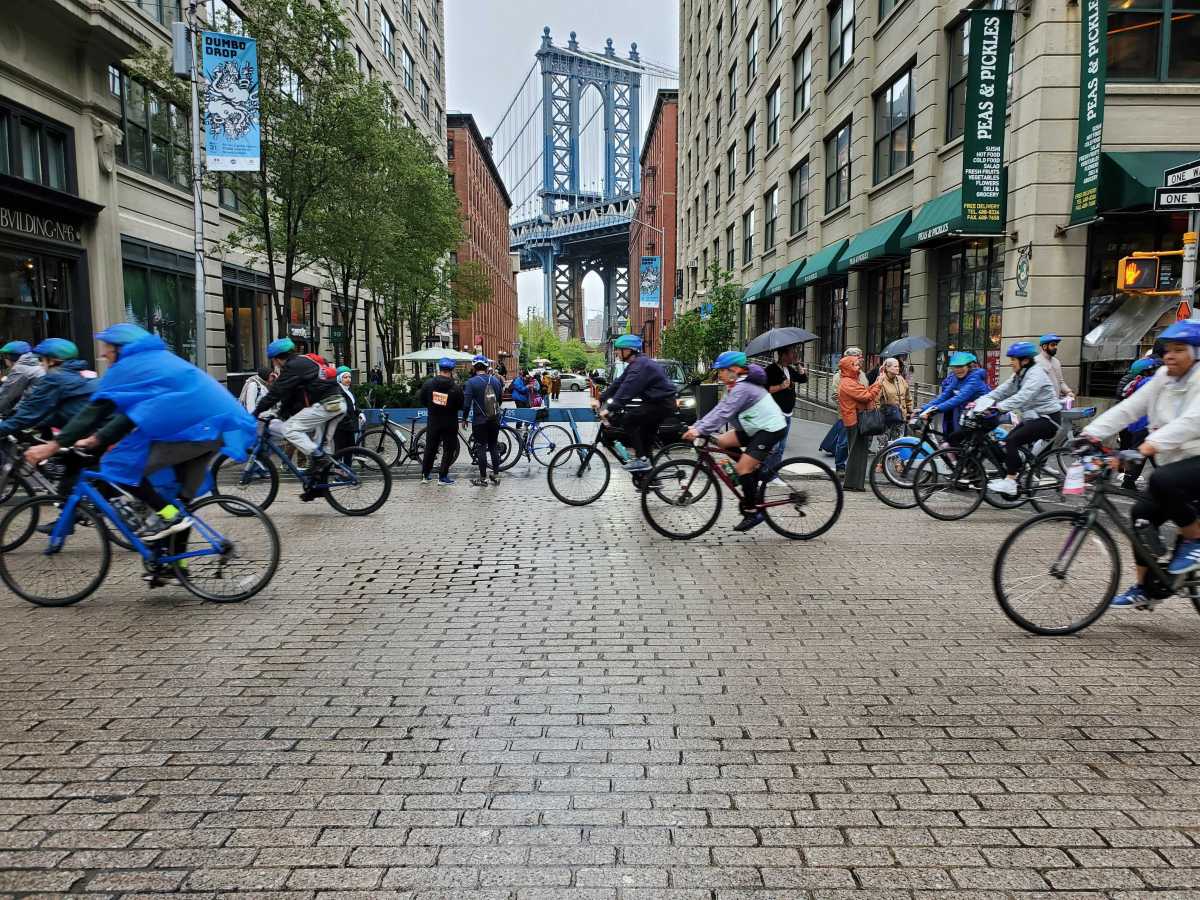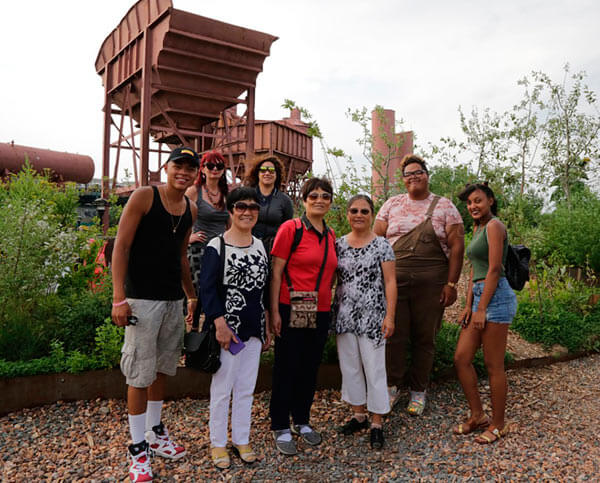Members of the Hutchinson River Restoration Project are concerned about a proposal to build a 20-foot-tall concrete wall with a sea gate along the Hutchinson River near where it meets Eastchester Bay, in the vicinity of the Pelham Bridge.
The group believes that such a structure could have a drastic impact on plants and wildlife.
The HRRP maintains the Thomas Pell Wildlife Sanctuary opposite Co-op City along the river, which is in what is known as a tidal estuary where saltwater from Eastchester Bay and freshwater from the river’s origin in Westchester co-mingle with one another.
The organization’s president, Eleanor Rae, said that the U.S. Army Corps of Engineers is looking at the possibility of the ‘sea gate’ and other concrete barriers along the river as part of a larger study of resiliency in both New York and New Jersey called the New York and New Jersey Harbor and Tributaries Focus Area Feasibility Study.
The study was commissioned after Hurricane Sandy to find resiliency solutions if another large superstorm hit the New York area.
Rae said that even though the completed study is expected in late 2019 or early 2020, and work on any recommended projects would be at least two to three years way, they are never the less vigilant because it remained unclear how such structures would affect ecology, plants and wildlife.
“I do think this is a terribly important issue for all of us,” said Rae, who said that members of her group attended a meeting on the project in April at Hostos College.
Even if a ‘sea gate’ was rarely closed for long periods of time, most in the group think it could have a major negative effect on the intermingling of water from both sources of the river, Rae and several other members said.
A barrier with a gate would be necessary, said Carl Lundgren, an HRRP member, because the Hutchinson River is an active waterway for commercial barges that deliver materials further up river.
Lundgren and Rae both want to ensure that U.S. Army Corps of Engineers is aware that the Thomas Pell Wildlife Sanctuary is part of the river and needs to be accommodated.
Matthew Umbro, HHRC vice president said that a structure so large, spanning hundreds of feet in width, would have a drastic impact on what is a rather unique ecosystem, especially since even more concrete walls could be constructed elsewhere along the river, according to draft proposals.
“Even the footprint on a project (this size) along the river would require clearing some of the forest and building on and through marshland,” said Umbro.
Umbro said HHRC supports natural solutions to the prevent flooding.
Paul Mankiewicz, a biologist from City Island, said that a combination of plants and marshes (natural barriers), along with seawalls, could stop water.
A spokesman for the U.S. Army Corps of Engineers, Michael Embrich, said these ideas are just concepts at this point.
The corps is currently in the process of culling options, and taking a look at the fiscal and environmental implications of proposals, before submitting a final report.
“We will be looking at and working with our partners to find engineering solutions, as we have done for hundreds of years,” said Embrich.
Any comments or questions can be addressed to nynjh

